Boston, Massachusetts is one of the oldest cities in the United States. The Puritans first settled here in 1630 seeking to practice what they regarded as a purer Protestant faith. A century later, events such as the Boston Massacre and Boston Tea Party led to the American Revolution against the British Crown. Paul Revere’s famous midnight ride to warn the colonial militia in Concord began in Boston. There is no shortage of historical attractions along Boston’s Freedom Trail. This city is also home to prestigious universities, quaint neighborhoods, and world-class museums. Which sights should you prioritize when you only have one day in Boston? This is how I chose to spend my day in Beantown.
Boston Common
Boston Common dates to 1634, making it the oldest public park in the US. Early settlers utilized the space as a grazing pasture for their cows, a practice that continued until the mid-19th century. They also used it as a stage for public hangings. British troops set up a military camp here during the early stages of the Revolutionary War. Today, the park is home to a winter ice-skating rink, softball fields, a children’s carousel, and assorted monuments and memorials. The golden-domed Massachusetts State House sits on a hill facing the Common.
Beacon Hill
One of Boston’s most charming neighborhoods lies north of the Common. Aside from the modern cars parked on the streets, Beacon Hill appears unchanged from the 19th century. Elegant Federal-style townhouses, vintage gaslights, and shops with carved wooden signs line its red brick sidewalks. The affluent area has long been home to Boston’s elite and counts Louisa May Alcott, Daniel Webster, Ted Kennedy, and Uma Thurman among its former residents. It’s ironic that the part of Beacon Hill known as the “north slope” was once a rowdy port and red light district. No visit to Boston is complete without a stroll through this pretty part of town.
Granary Burying Ground
The Granary Burying Ground is the final resting place of many heroes of the American Revolution. Wander among the ancient gravestones and you’ll come across Paul Revere, John Hancock, Samuel Adams, and several of their compatriots. A mass grave near the entrance holds the ashes of the Boston Massacre victims. The large obelisk at the center of the cemetery marks the tomb of Benjamin Franklin’s parents. Winged skulls, a Puritan symbol representing the ascent of the soul to heaven, adorn many of the stones.
King’s Chapel
Across the street stands a steeple-less stone church known as the King’s Chapel. Originally built by the British to hold Anglican services, it was converted to a Unitarian church after the Revolutionary War. Red velvet pew boxes and Corinthian columns divide the lovely interior. Paul Revere, a silversmith by trade, cast the chapel’s large bell which still rings today.
Old State House
The Old State House is an important stop on Boston’s Freedom Trail. It initially was home to the British authorities overseeing the Massachusetts Bay Colony. With tensions rising over the Crown’s harsh taxation policies, a riot erupted here on March 5, 1770. British soldiers opened fire on the unarmed protestors, killing five in an event now known as the Boston Massacre. Today the refined red brick building serves as a history museum and has an excellent gift shop on the ground floor.
Quincy Market
The famed Faneuil Hall Marketplace was undergoing restoration during my visit, so I headed next door to Quincy Market for lunch. The vast food court has dozens of international vendors ranging from Tex-Mex to Greek gyros to sushi. But why would you visit Boston and not try a bowl of clam chowder and a lobster roll? Both dishes are New England traditions that highlight the region’s robust fishing industry. Boston’s take on clam chowder is thicker and creamier than other states’ versions, making it the perfect choice on blustery days. Lobster rolls consist of cold lobster meat, mayonnaise, and celery inside a hot buttered New England-style hot dog bun. It is the ultimate indulgence!
Isabella Stewart Gardner Museum
Wind and rain thwarted my plan to explore Boston’s historic North End, and I found myself searching for something interesting to do indoors. The Boston Museum of Fine Arts is highly regarded, but I thought its vast size would be too much to tackle in one afternoon. The smaller Isabella Stewart Gardner Museum with its Venetian-inspired architecture and enclosed courtyard garden sounded perfect. The home originally belonged to Isabella Stewart Gardner, a wealthy socialite and avid art collector. She personally designed the space to showcase her many paintings, tapestries, and sculptures. Upon her death in 1924, Isabella bequeathed the mansion and its contents to the people of Boston.
Masterpieces in the collection include “Europa” by Titian, “Tragedy of Lucretia” by Botticelli, “El Jaleo” by John Singer Sargent, and a self portrait by Rembrandt. In 1990, paintings by Rembrandt and Vermeer were among thirteen artworks stolen from the Isabella Stewart Gardner Museum. Two men dressed as police officers pulled off this brazen heist worth an estimated $500 million. It remains unsolved to this day. Empty frames hang on the museum’s walls awaiting the return of the missing paintings.
Would you like to spend one day in Boston?
PIN this blog for later!
Planning to spend more time in Massachusetts? Don’t miss my guides to Concord and the Berkshires.
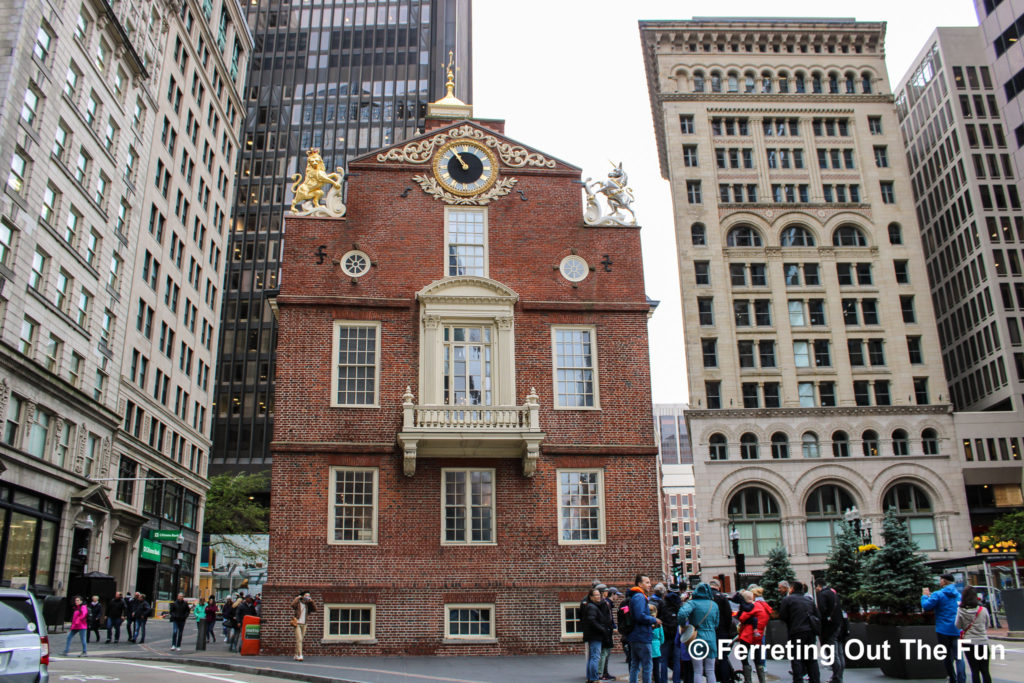
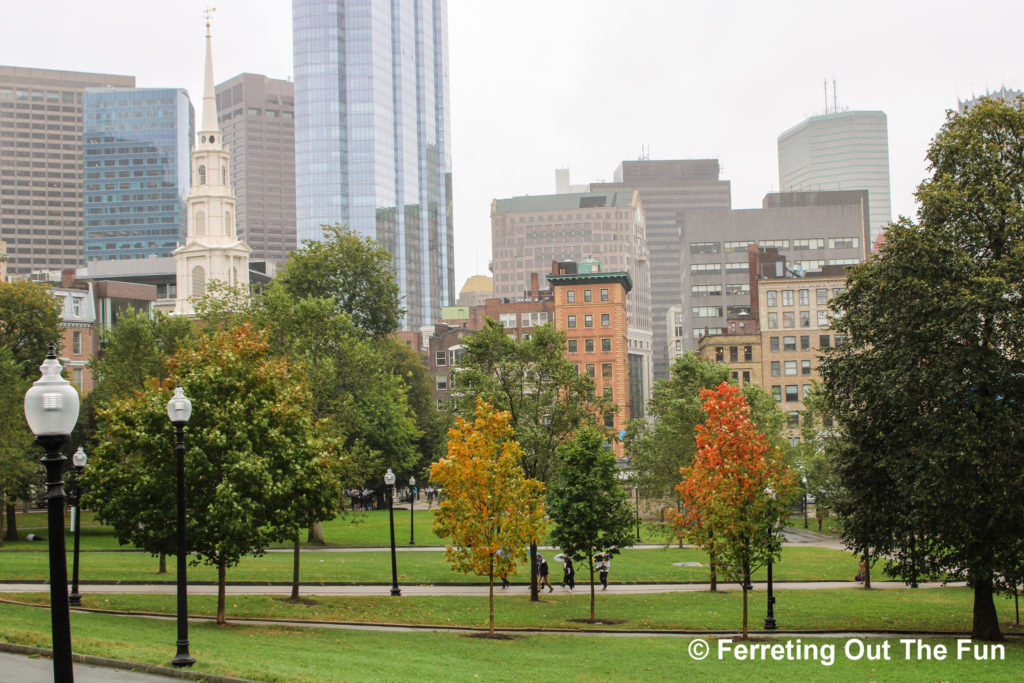
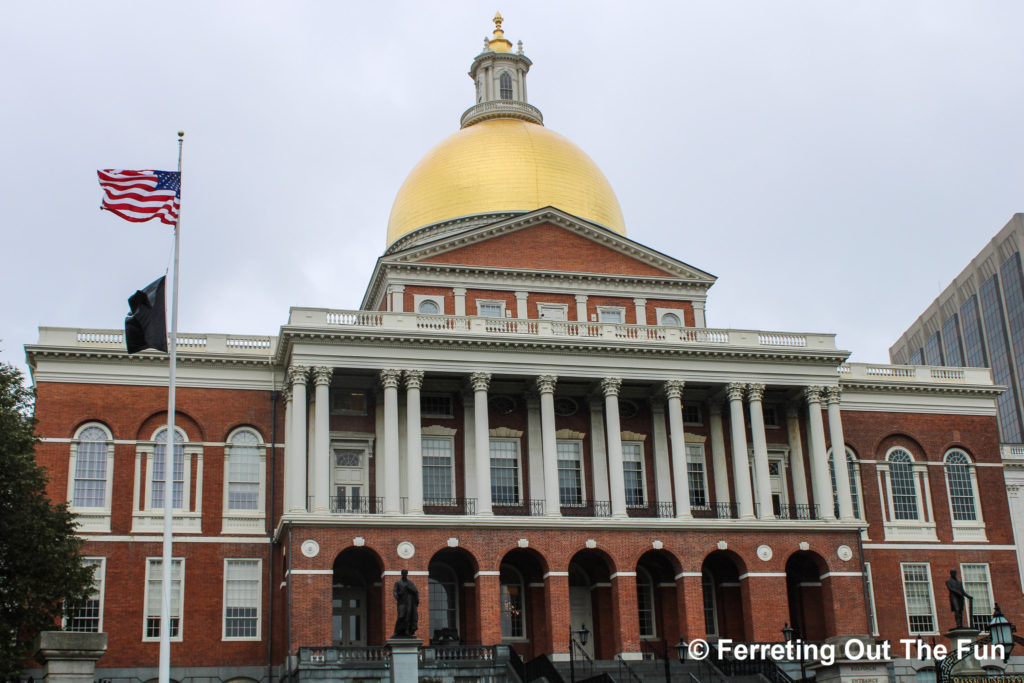
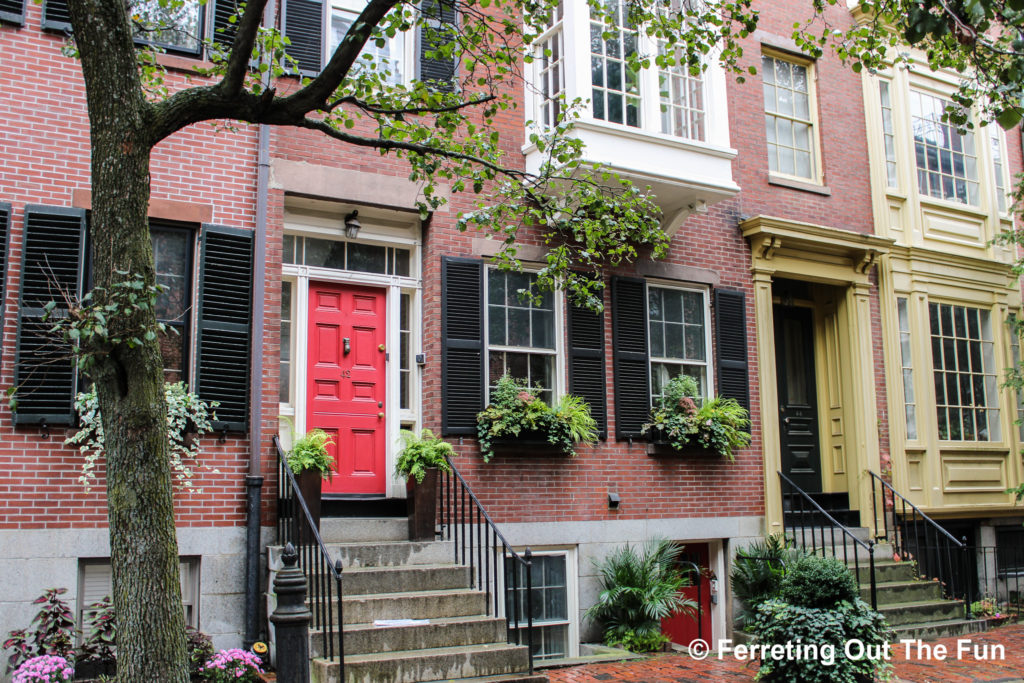
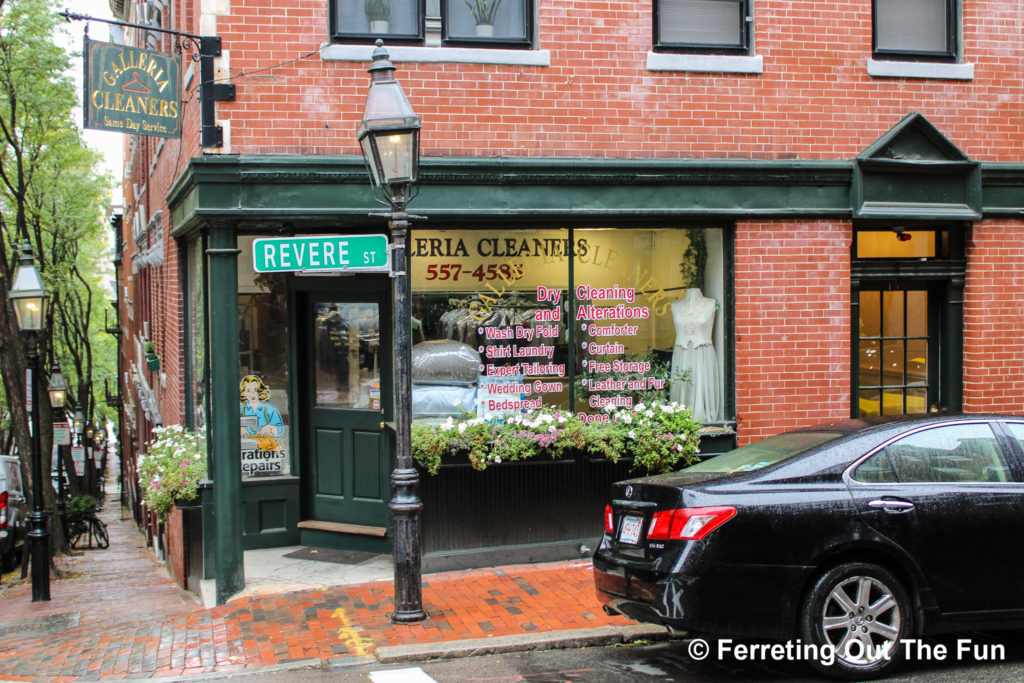
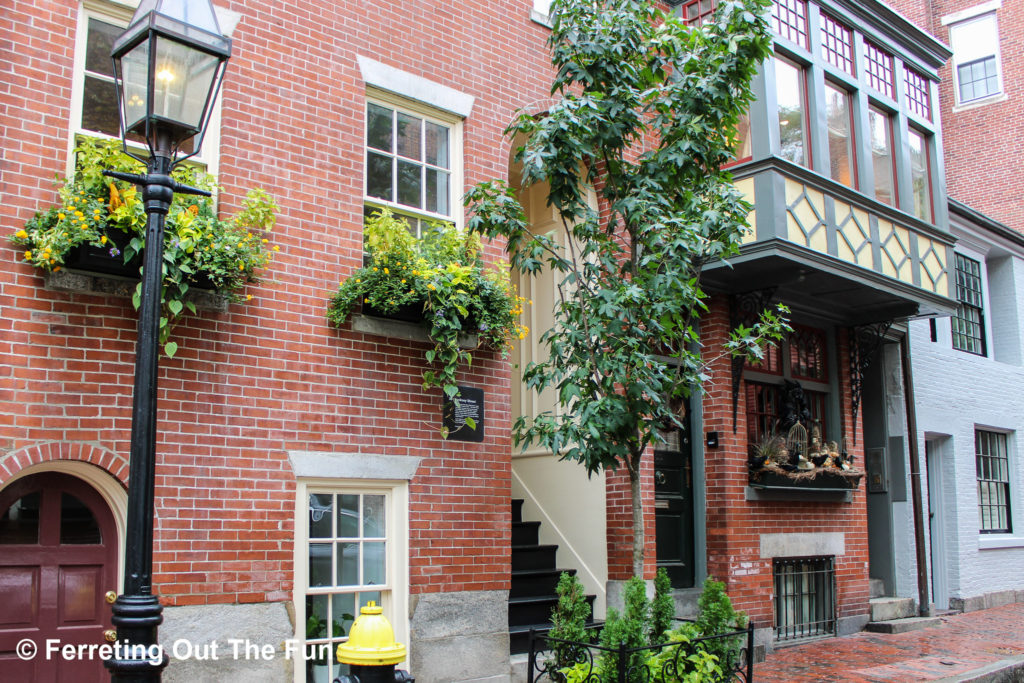
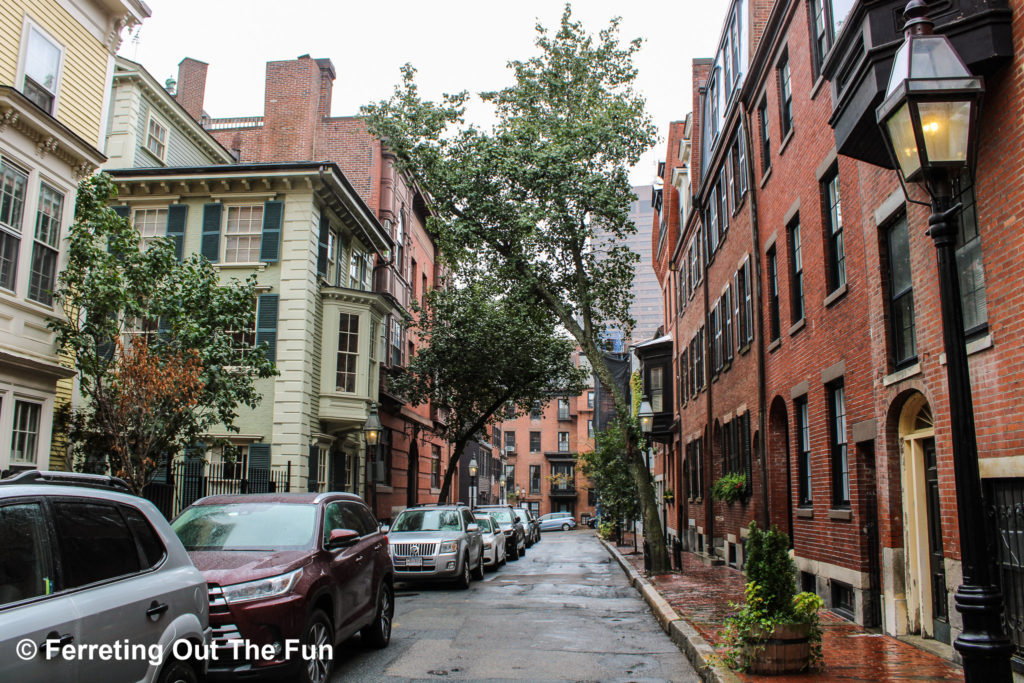
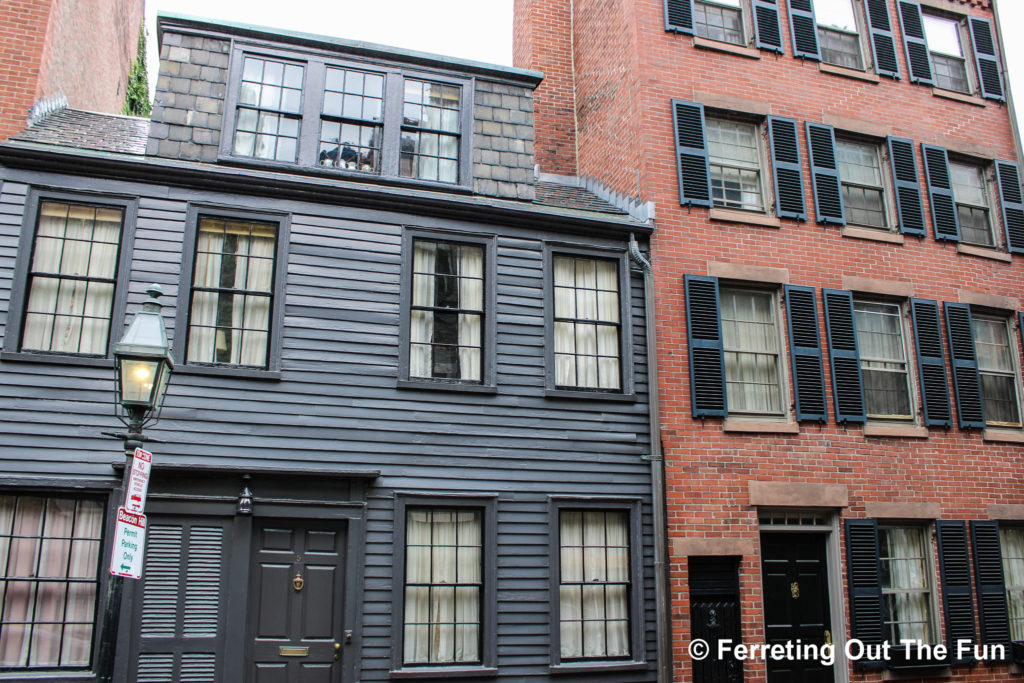
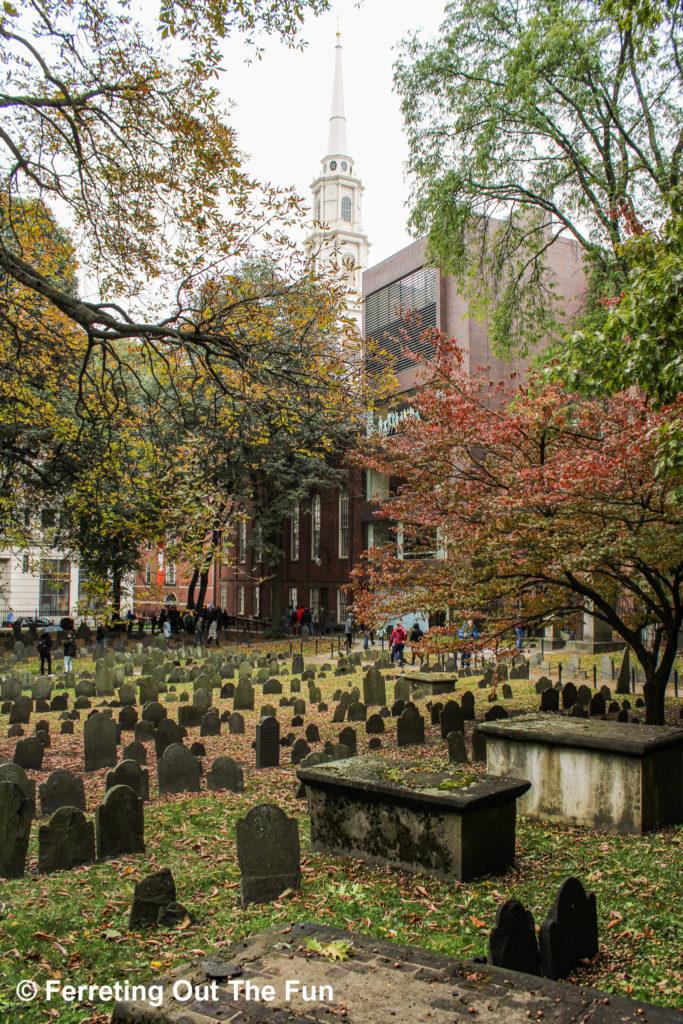
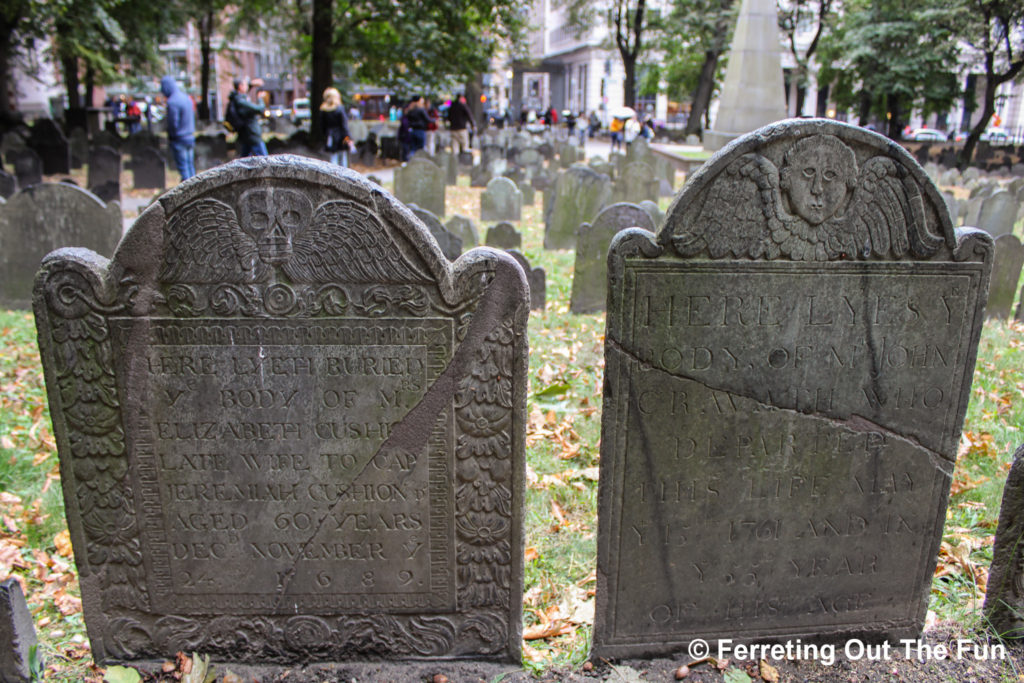
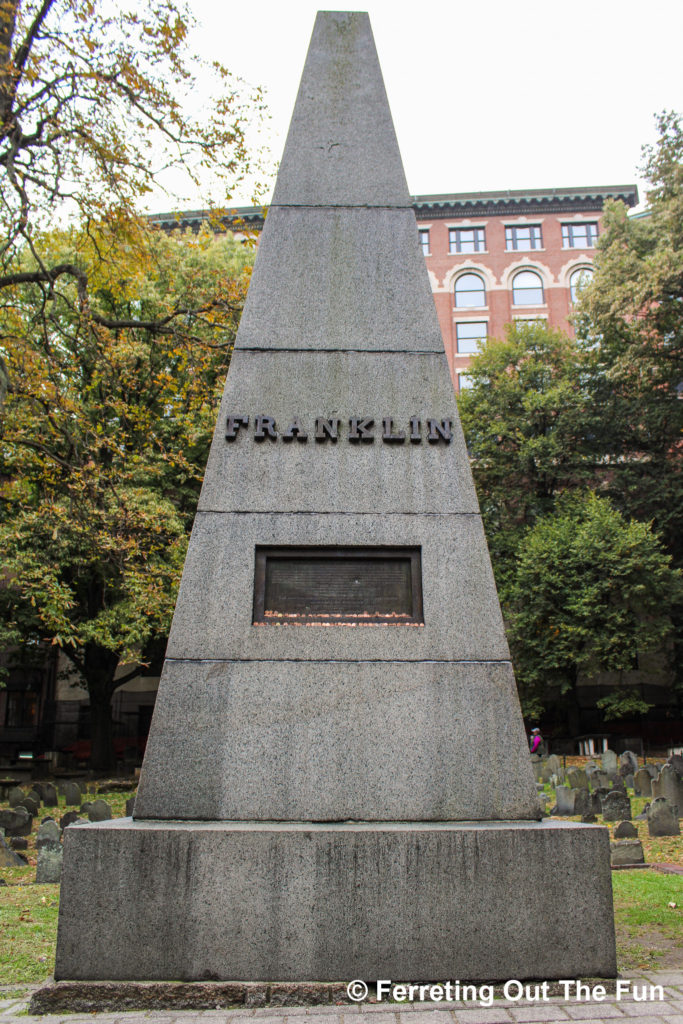
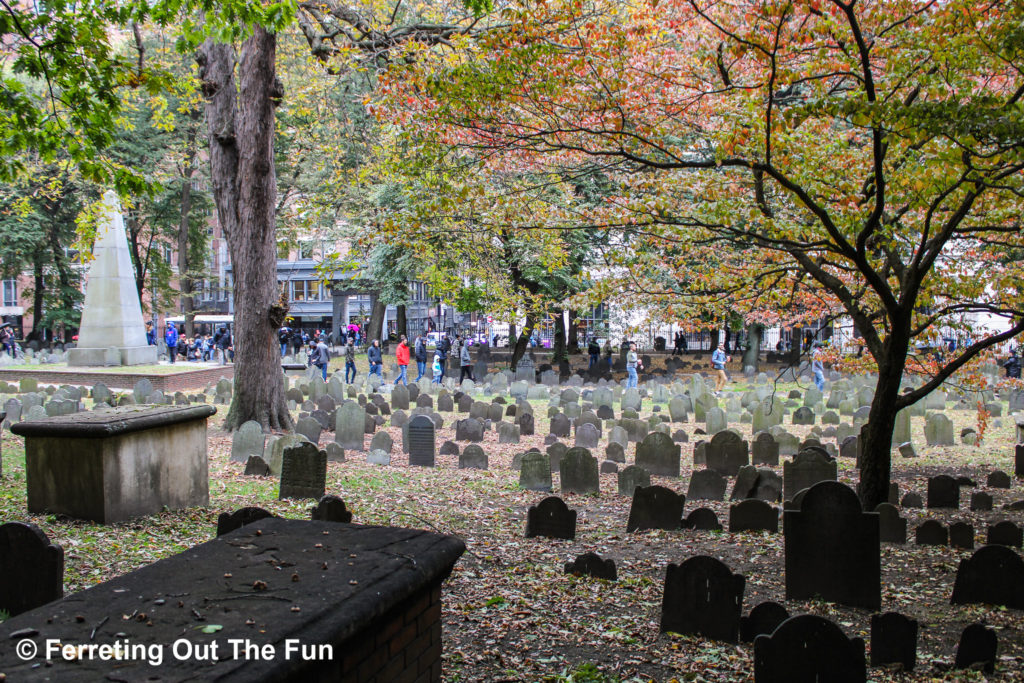
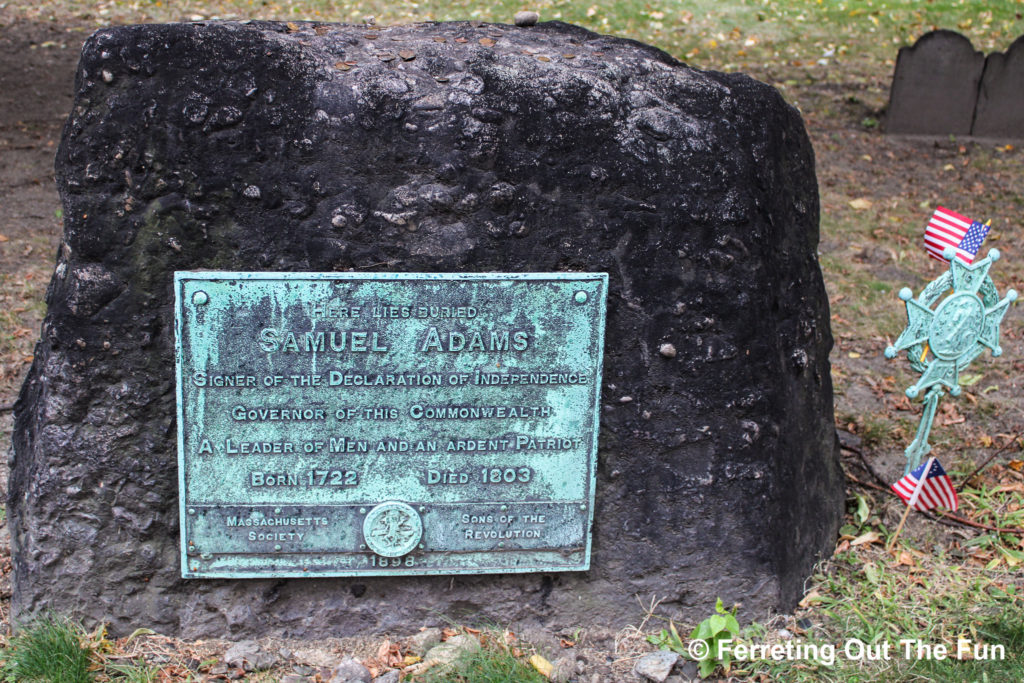
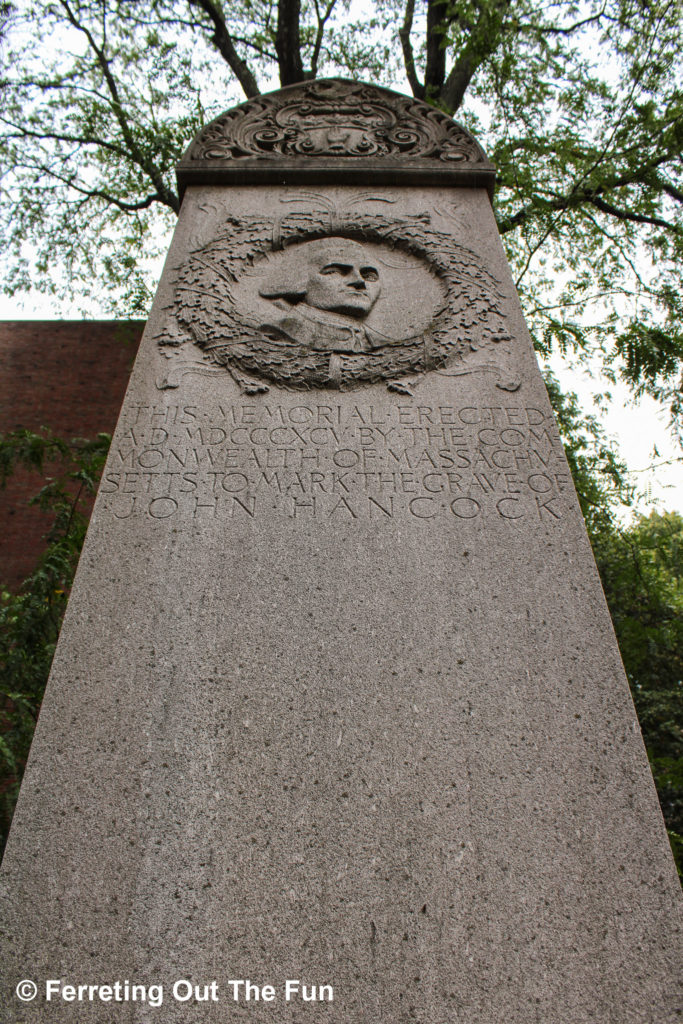
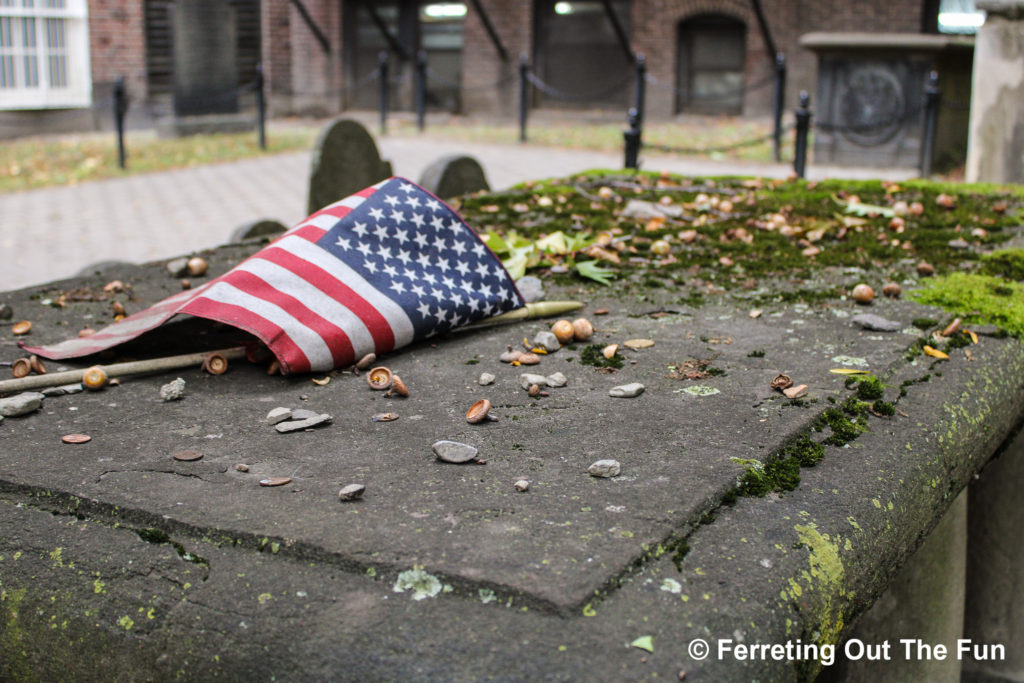
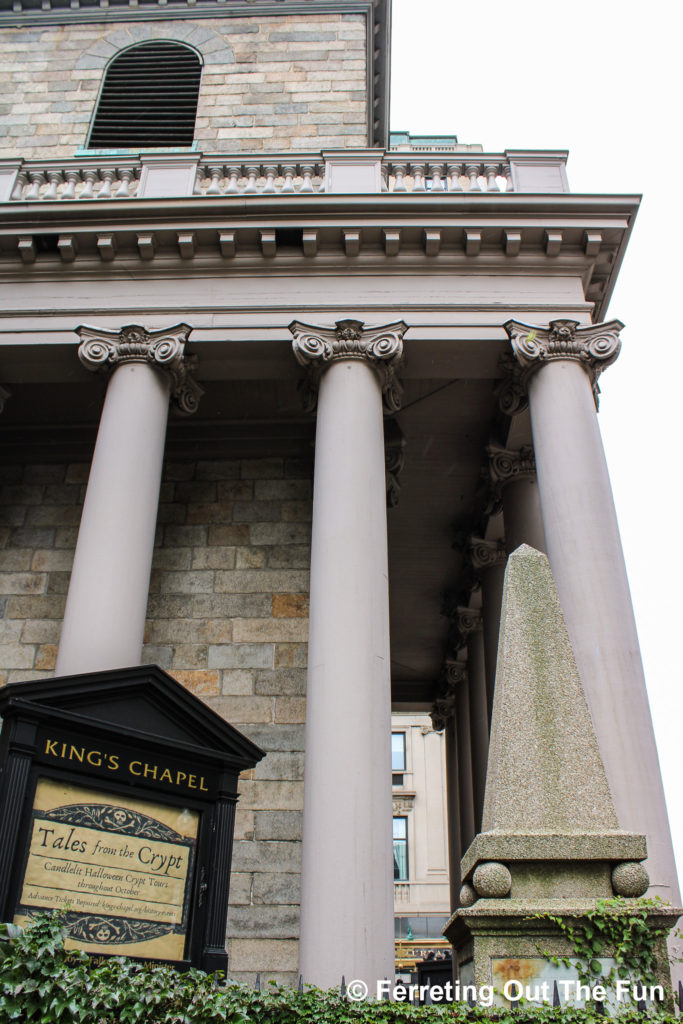
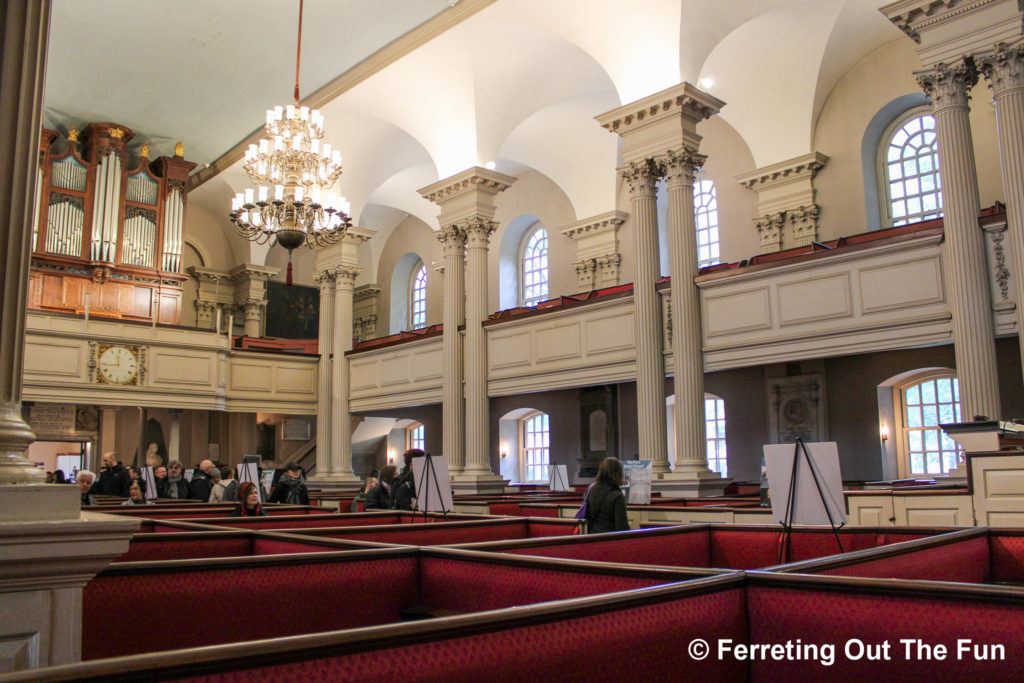
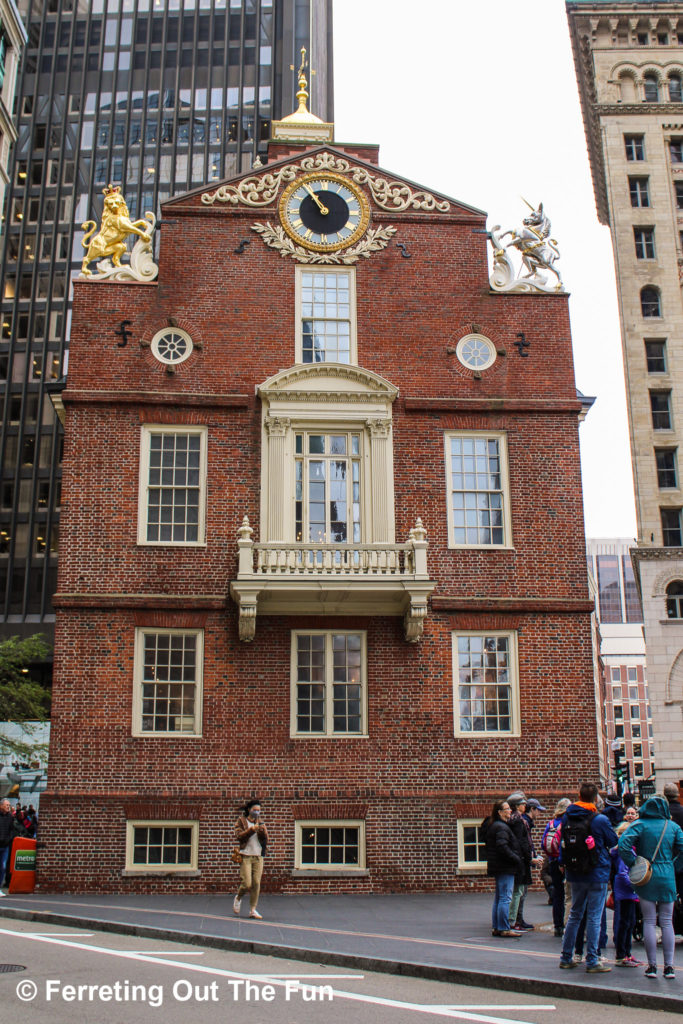
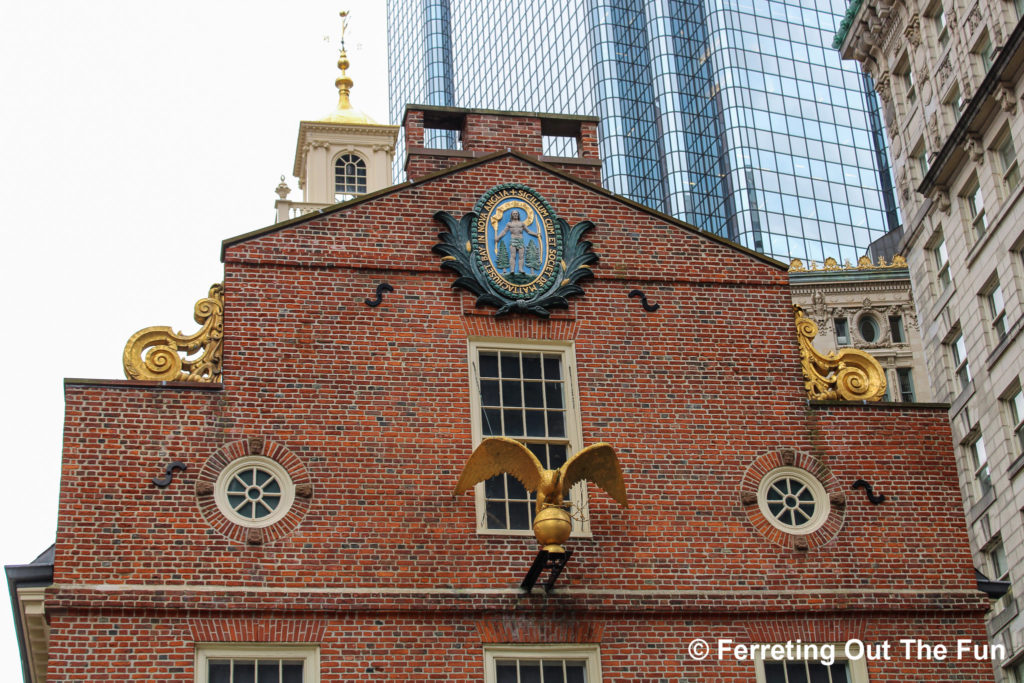
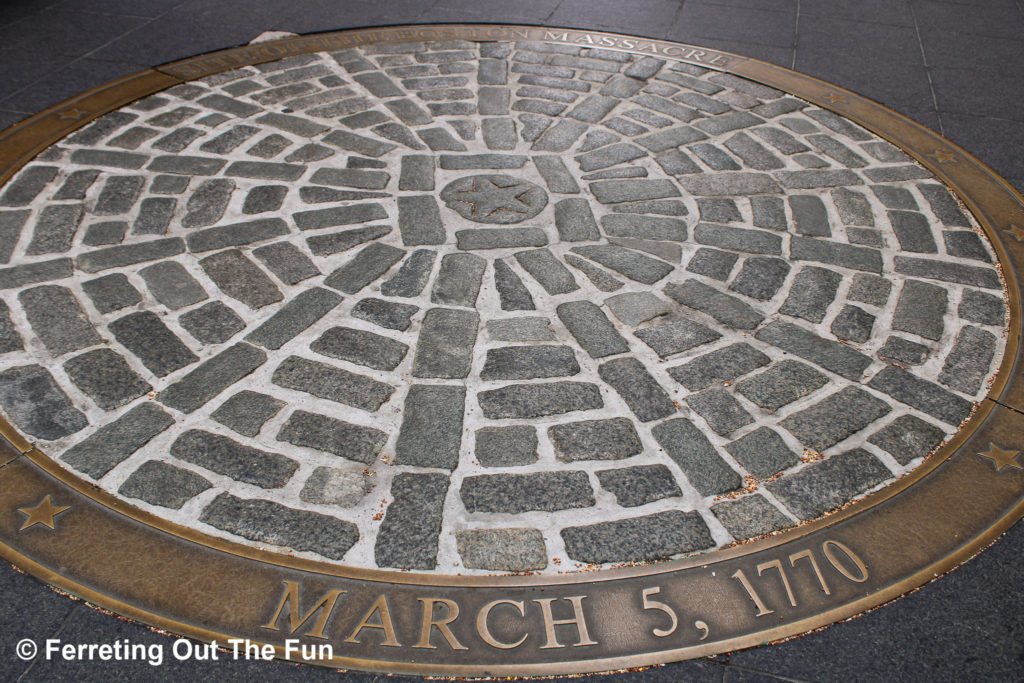
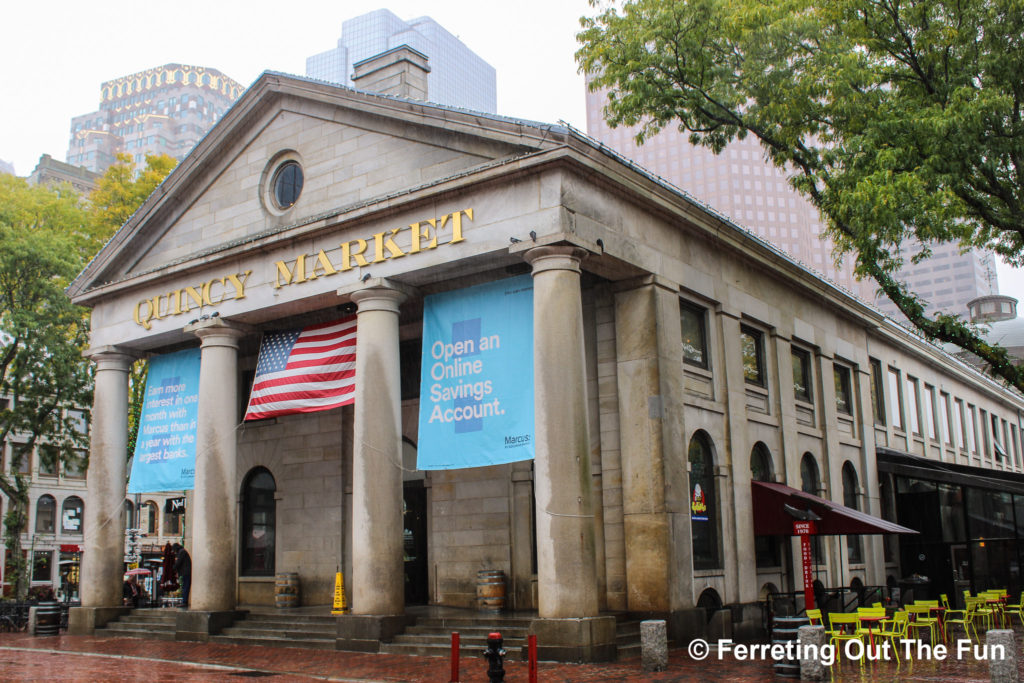
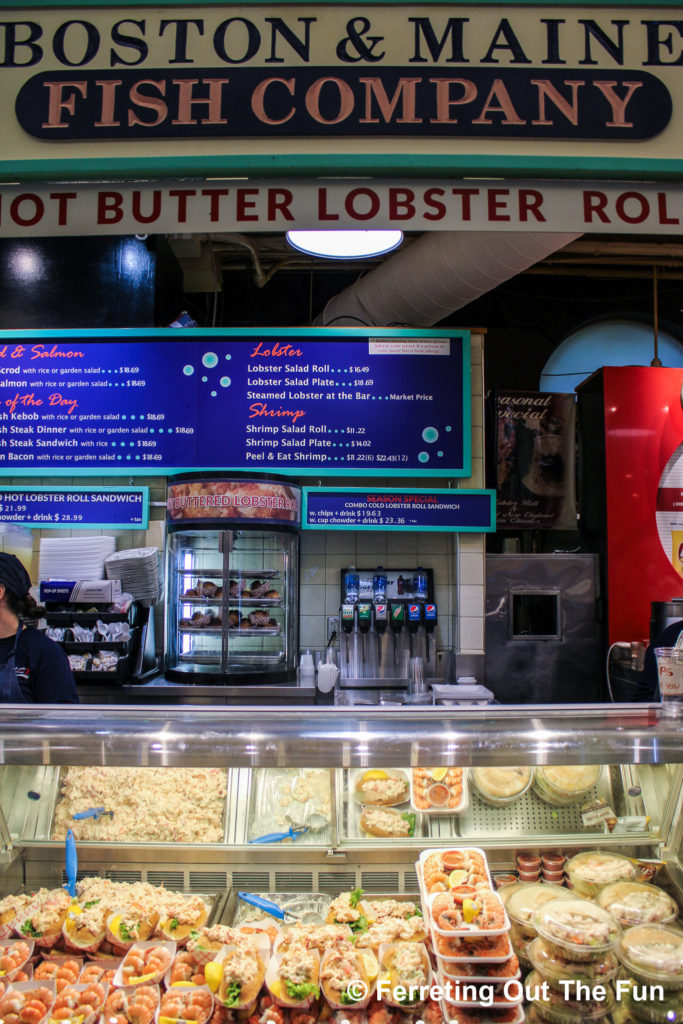
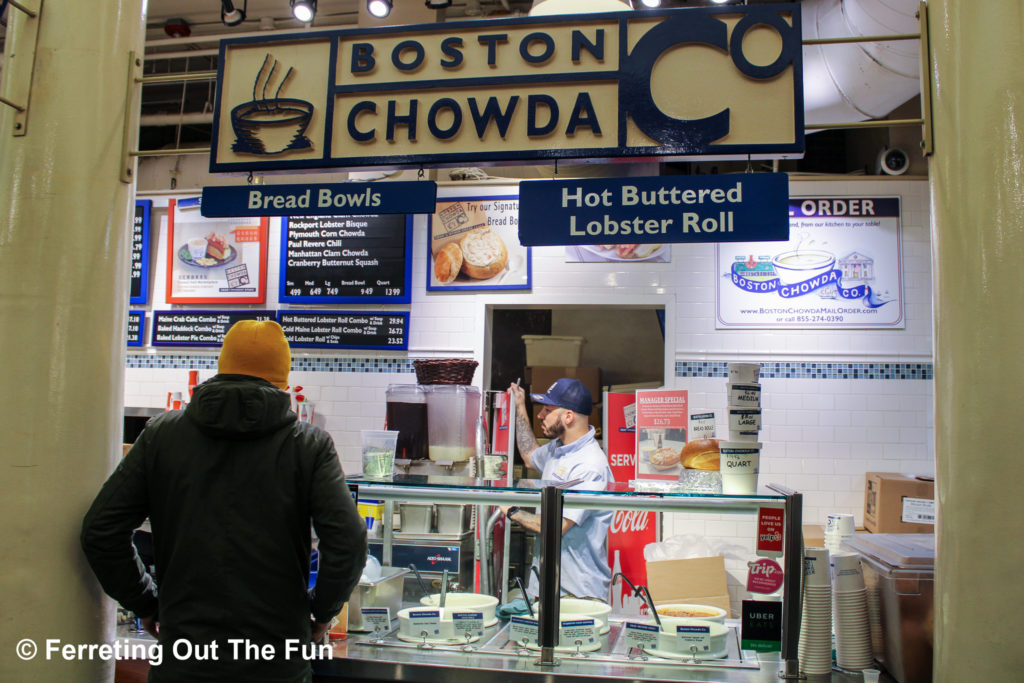

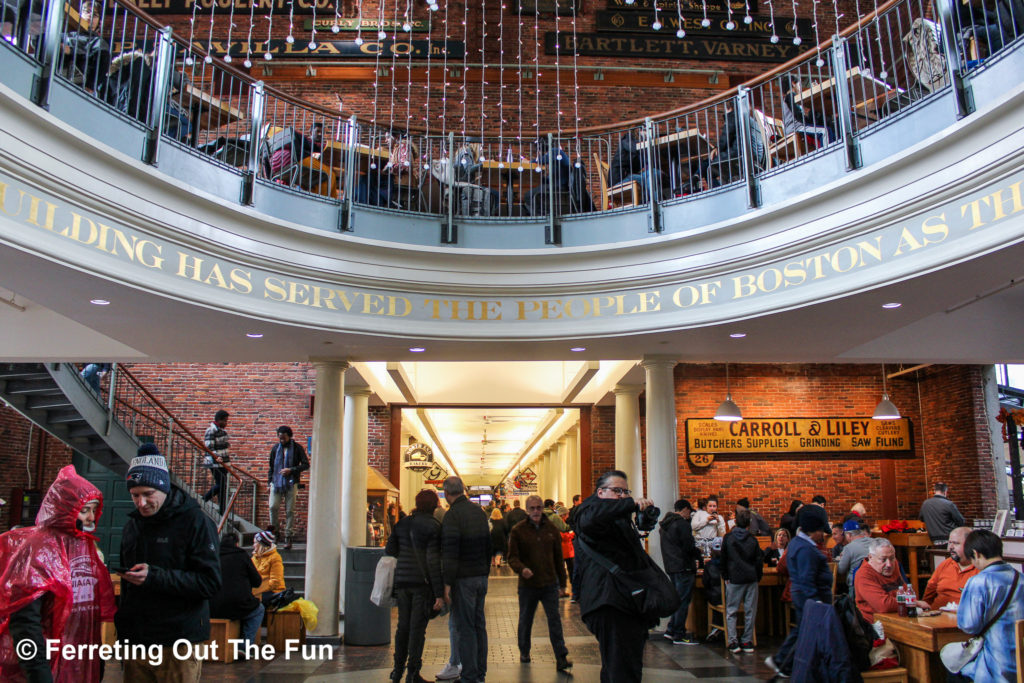
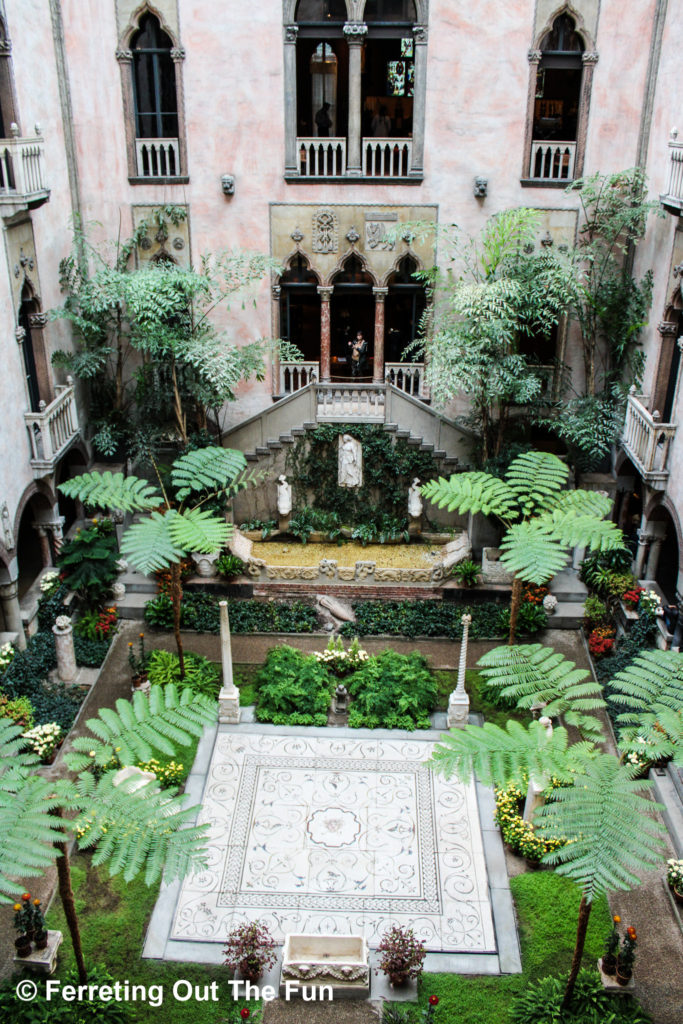
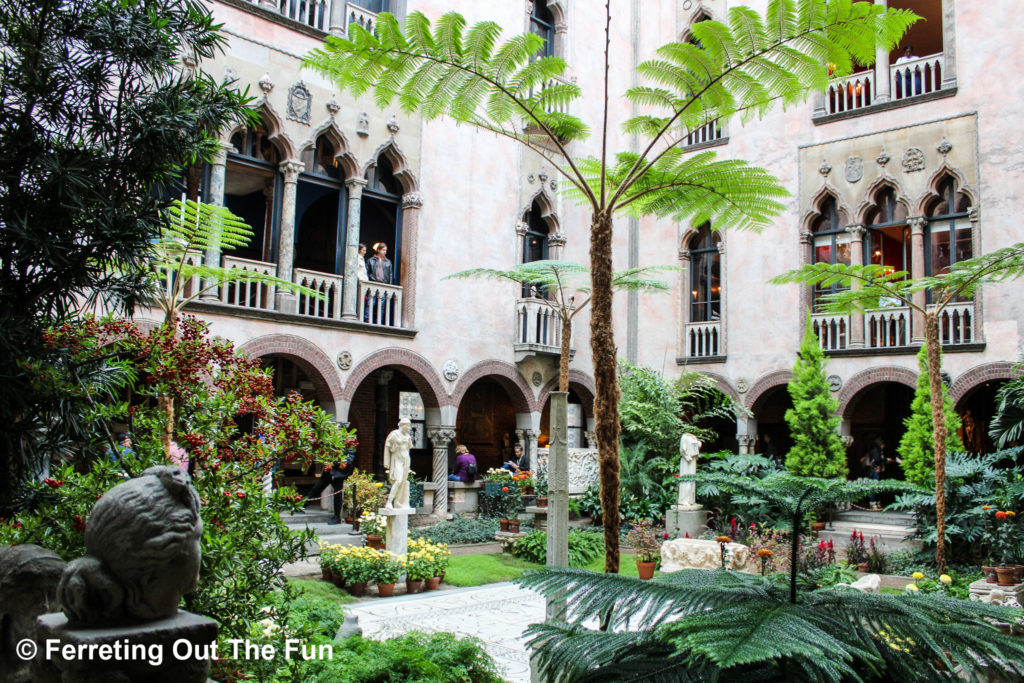
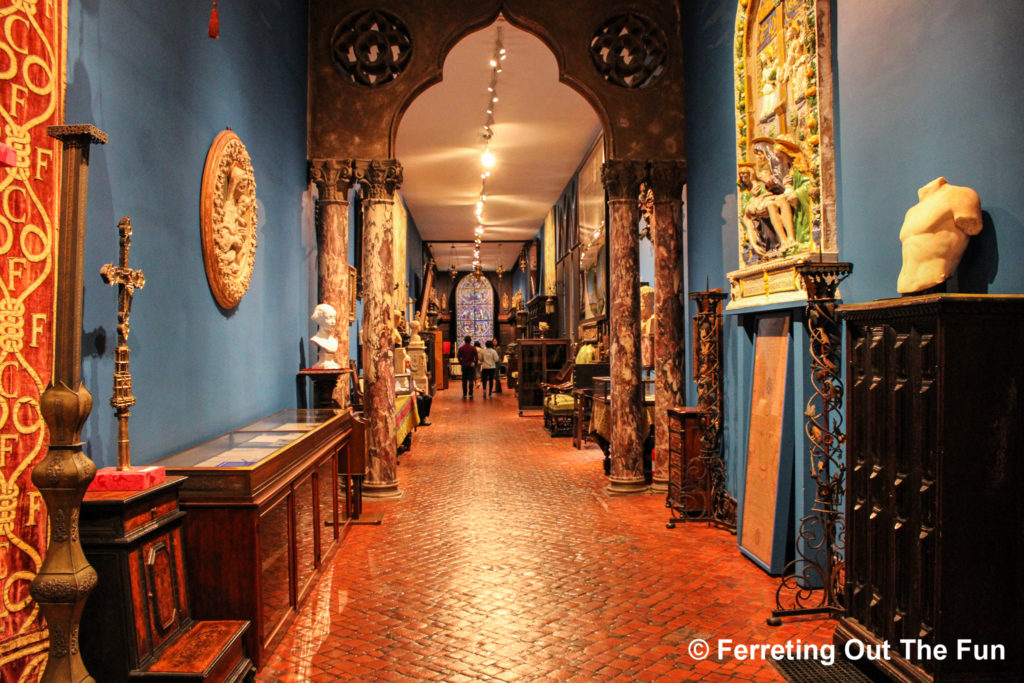
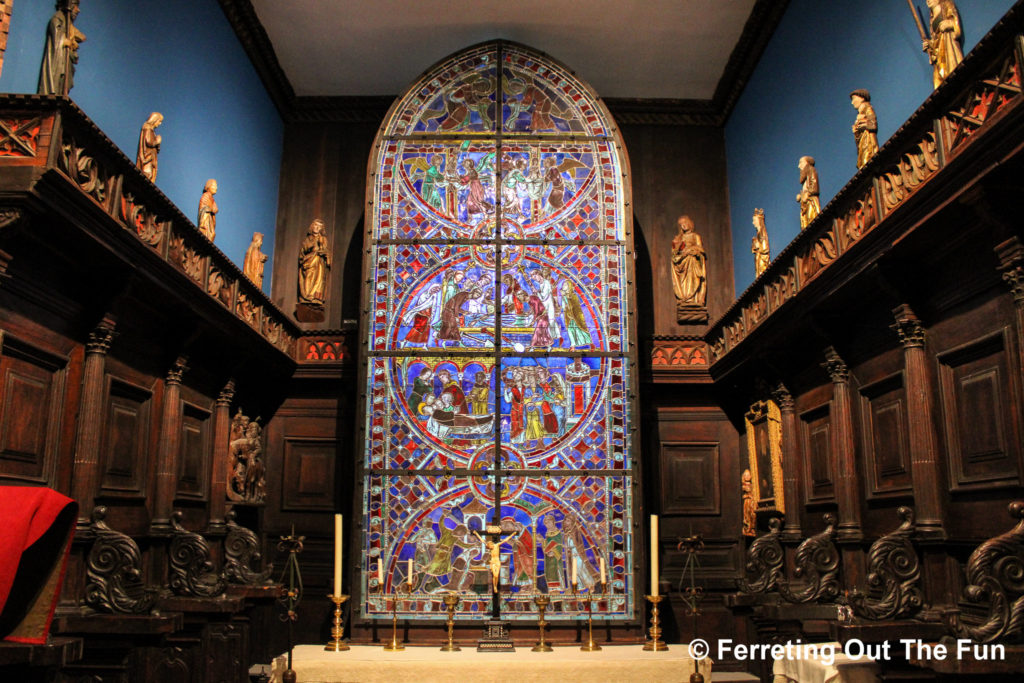
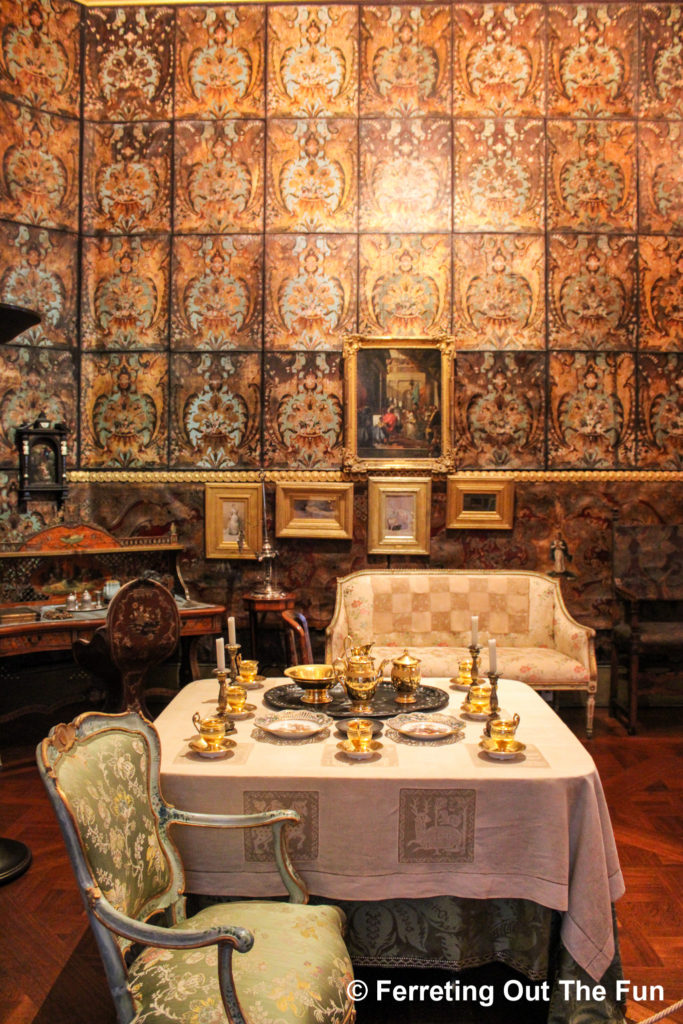
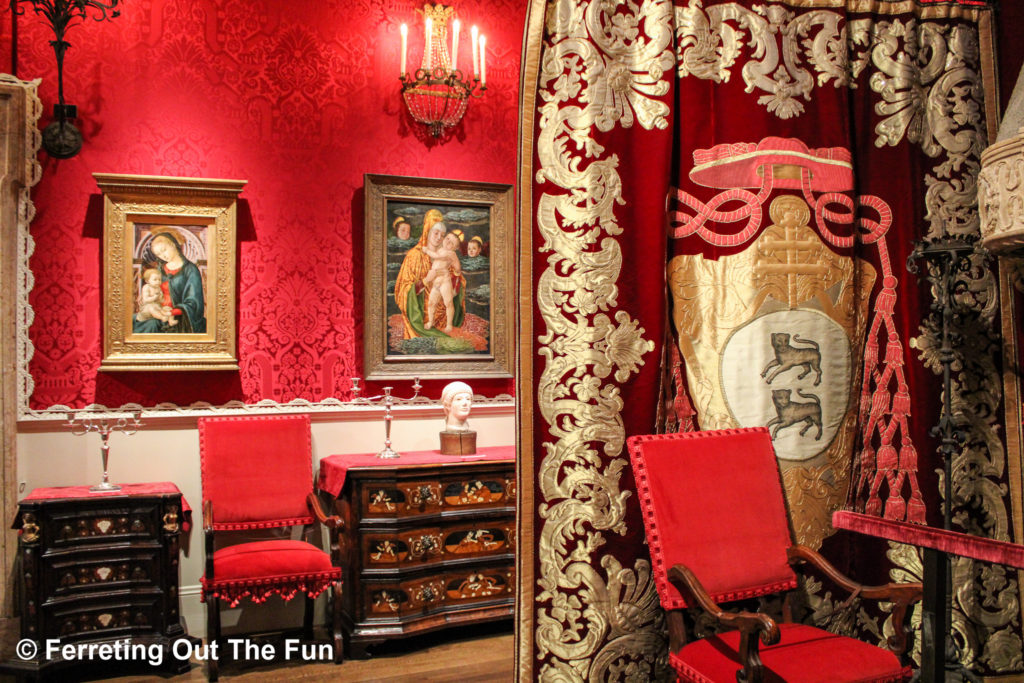
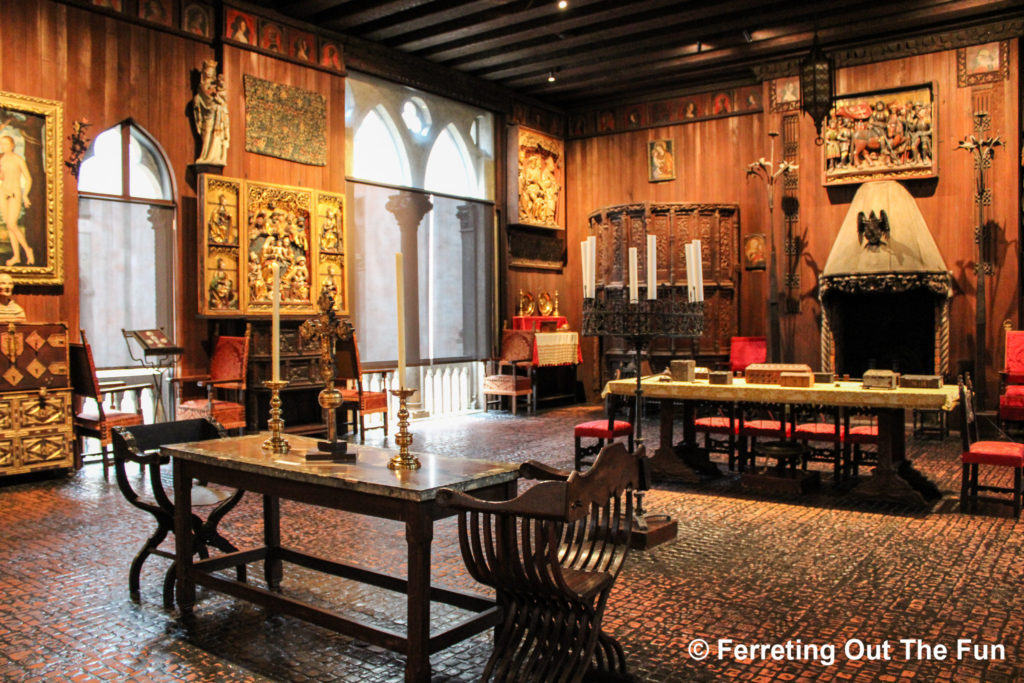
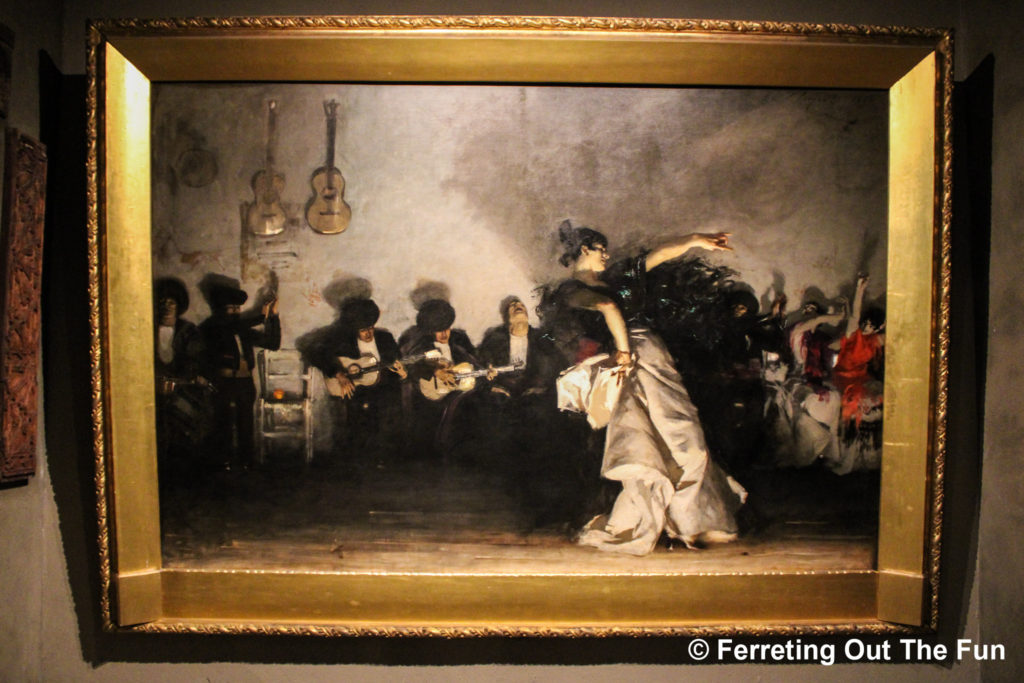
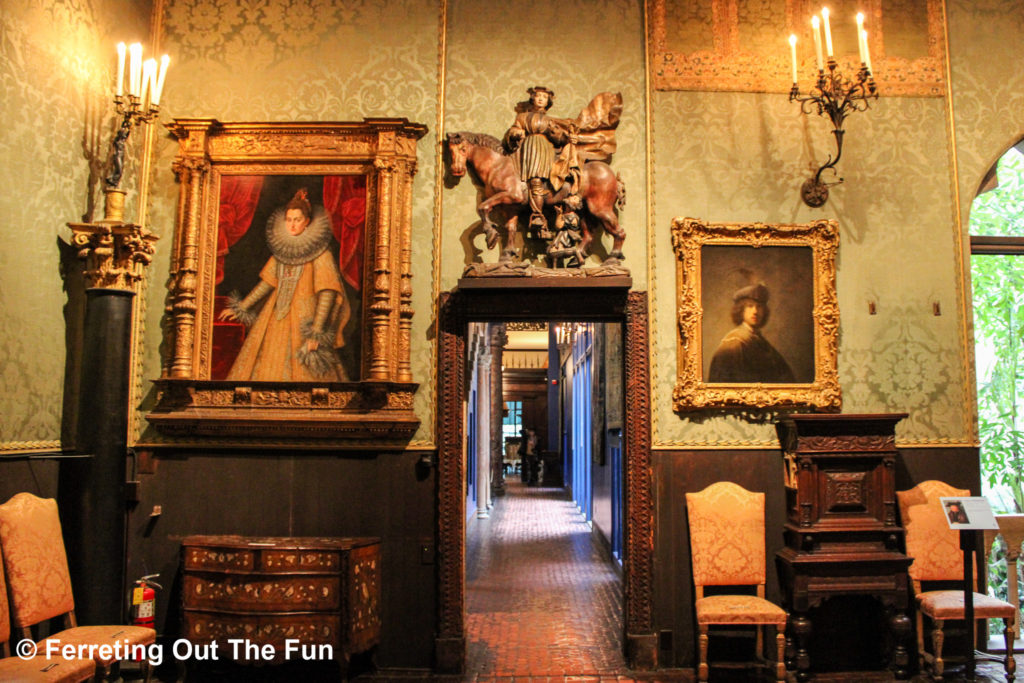
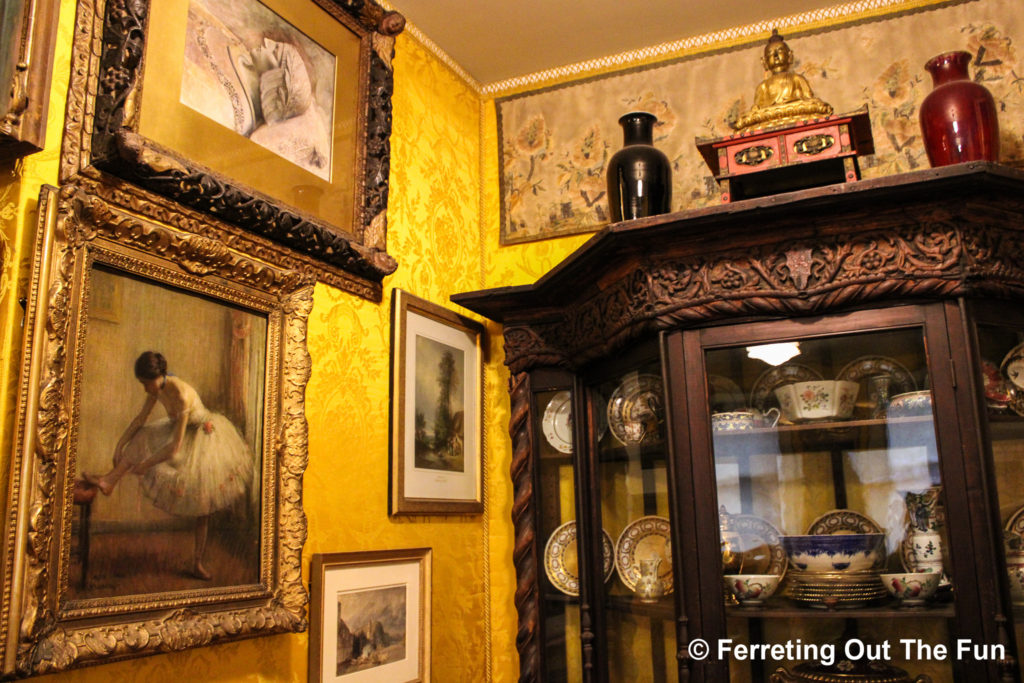
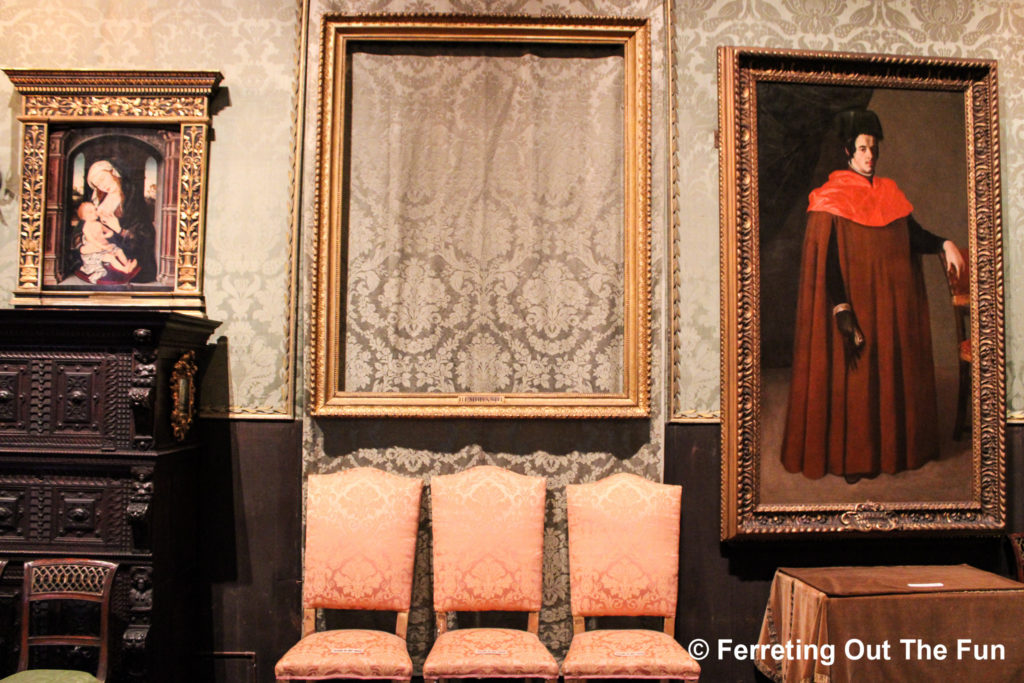

Leave a Reply